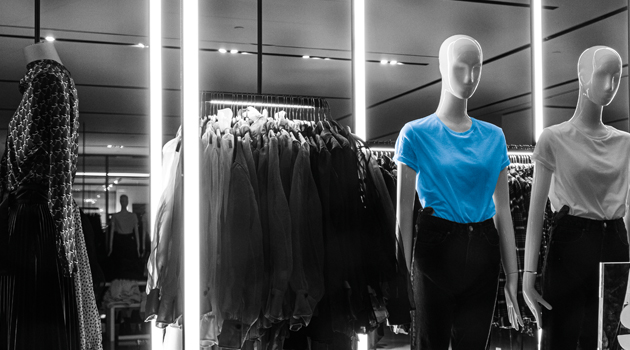In the first part of our blog series we talked about the effective use of recommendations for first time visitors. In order to achieve a comprehensive recommendation strategy, it is crucial important to also address unknown users. Therefore, we will continue with part 2: Effective product recommendations for returning and existing customers.
Recommendation Strategy – The next steps of the Customer Journey
As we have already learned, the wrong recommendations in the wrong place can cause great frustration – even more so for users who have already visited the website or are regular customers. If they are addressed in the same way as an unknown user, they will definitely not feel appreciated and quickly exit the shop.
Accordingly, we are now moving further along the user’s customer journey. After all, you can make use of the full range of (personalized) recommendations, especially with well-known users.
Recommendations and products for returning users on the homepage
There are many reasons why users leave the shop, even if they have already spent considerable time browsing the shop and its products. Perhaps they’d like to check out other sites for better offers – or they just don’t have the time at the moment and want to continue shopping later. Therefore they should be directly able to find their favored products again when returning to your shop. For this purpose, a recommendation widget can be used to display the most recently viewed products, e.g. in a bar at the top or bottom of the page. This allows the user to easily find the products he or she was interested in and continue their shopping trip. If the user has already placed products in their shopping cart, these products can also be displayed more prominently. Thus nothing stands in the way of a fast completion of their purchase.
Recommendations on product detail pages
The shopping trip will most likely take the user to a product detail page next. Which brings us to the classic placement of additional recommendations. If the shop operator wants to, he can explore endless possibilities at this point. There is a lot of potential for using personalized product recommendations, especially for returning and existing customers.
Matching products and “customers also bought…”
Those are a very classic form of recommendations and include for example, products from the same category as the currently viewed item. If the user is currently looking at a white business shirt, other business shirts are displayed. The same applies to “other customers also bought…” recommendations. In this case products are displayed that other users have added to their shopping cart or bought together with the currently viewed item. This form of recommendation works fine, but is not overly exciting. There are far more exciting and extensive possibilities here – especially if the recommendations are calculated and displayed using Artificial Intelligence (AI).
AI-based, personalized product recommendations
AI-based recommendations are generated based on the individual user behavior. For example, trbo’s algorithm uses various factors in order to calculate suitable products for individual users. It includes for example statistical twins. This involves looking at and including the behavior of users who have previously purchased the same products. Additional factors for the calculation can be products that the user has viewed already or are in their shopping cart. These personalized recommendations exceed the more common ones like matching products or top sellers and are based on the customer journey of the user. If a user looks at business accessories and then changes to a business shirt, the website will still recommend additional accessories.
In contrast to unknown users, the interests of existing customers should also be taken into account – as the shop already knows his or her buying and browsing behavior. Consequently, this factor has to be included in the recommendations in order for the user to feel well advised and appreciated by the shop. Know the size of your customer? Do not recommend products which are not in stock in the correct dimensions.
Recommendations: The proof is in the pudding
There are countless ways to address users with appropriate product recommendations. But: No matter what, you should not display too many recommendations at the same time. If suddenly top sellers, “other customers also bought…” and “recommended for you”- recommendations appear all at once on the product detail pages, the user may be too distracted or even become overwhelmed by the selection. Instead, start small with only a few recommendations and check which one works best. This is where A/B– or multivariate testing comes in – thus the decision on the best recommendation strategy can be based on reliable figures and data, not just on gut feeling.
If you would like to learn more about Recommendations, why not read our whitepaper? You can download it here.
In the next and last part of our blog series we talk about recommendations in the shopping cart and during the checkout process.
